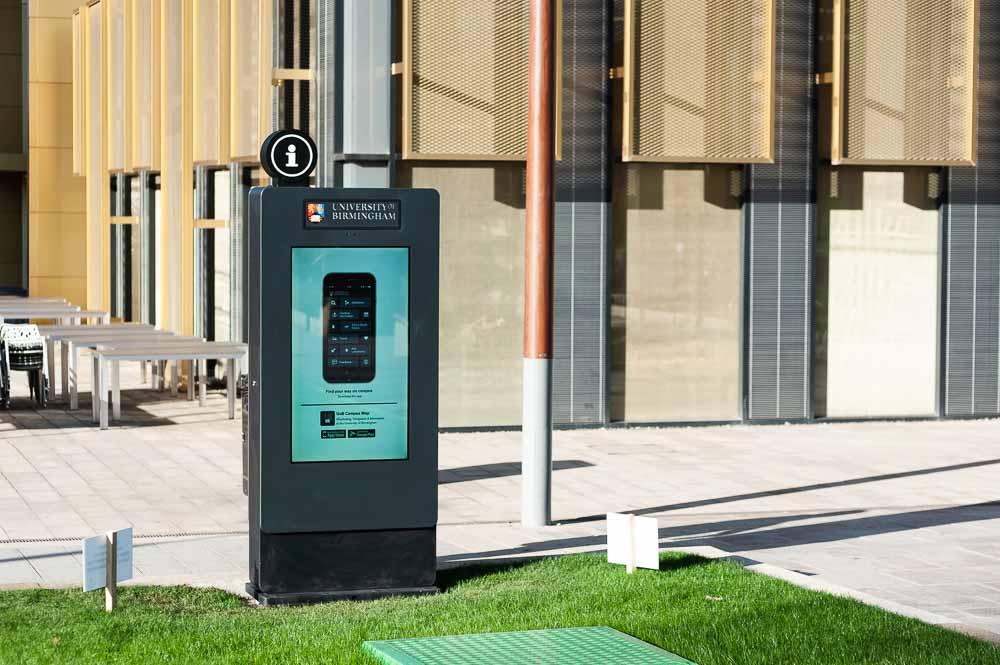Undeniably, signage systems have come a long way from the archaic flat signs we have been accustomed to, and we are now presented with a bewildering array of electronic signs and notices that seemingly assault us almost everywhere we go. It’s a far cry from the dumb signs, but is any better? You bet it is, and this kind of signage can only make wayfaring and information retrieval quick and easy.
Digital signage is growing in popularity
Digital signage, is a blanket term for a form of electronic display that shows information in digital form. It is rapidly becoming a mainstay of a universal communication platform, and is quickly taking over from other forms of signage. Digital signage grabs the observer’s attention like no other, is easy to update and to make changes to the content, and is generally a vast improvement on static printed signage. Digital signage has already proven its ability to deliver information more efficiently and to solidify relationships between customers and vendors. And for that reason, we are seeing a greater proliferation of digital signs, and new advances in the form too.
Digital signs grew out of analogue signs of the 1970’s and early 1980’s. These, while they were high technology for the time, ran messages on CRT TV’s via VHS tape recorders, and tended to run sales information in shop windows. Changing the message, generally meant changing the tape or even recording a new one on to the tape and playing that. The change to digital came with the development in flat-panel TV’s, and computer-driven LED displays in which lettering and messages could be shown.
Since then, both computing power and graphics abilities have grown to become commonplace, which are now so familiar that we often don’t see them and adsorb the information unconsciously. We see it, without really seeing the medium on which it is presented.
Digital signage transforms wayfinding
We now have high definition displays that can be used to transmit information and that has not only made the quality of the message much better, but has also increased the range of it too. We are now no longer stuck with just words; if it can be displayed on a screen, it can be delivered as information. The biggest boon for this is in wayfaring where actual maps can be shown rather than just words and arrows, helping people navigate with greater ease.
But perhaps the biggest benefit to screens rather than static notices is the latest development in touch-sensitive screen, and interactive signs. Suddenly, the user can interact with a screen and dig down into the displayed information to find the specifics and detailed information that they are after, all from one place.
Interactive, Wi-Fi enabled, and full-colour digital signage
Xsign are proud to have installed a series of nine interactive totems at the University of Birmingham to help students, visitors and staff navigate the campus. Full-colour and interactive, these totems feature 55” fibre enabled digital displays touchscreens that can show a huge range of information that is important to both wayfaring and general useful information. These have Wi-Fi connectivity, so the information that they are able to display updated information as required, all loaded from a central location.
Interactive display signage is undoubtedly the future for wayfaring signage, and we at Xsign are well ahead of the curve when it comes to installations of this sort.



